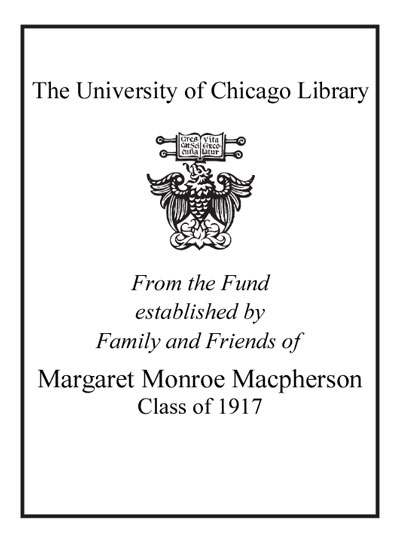Review by Choice Review
Messinger (Northeastern Illinois) offers a remarkable book about the existence of, and need to recognize, lesbian, gay, bisexual, transgender, and queer (LGBTQ) intimate partner violence (IPV). Messinger effectively identifies, and disputes, the assumption that LGBTQ IPV is less severe, or the same as, heterosexual cisgender IPV and specifically describes unique forms (psychological, physical, sexual) of LGBTQ IPV such as threatening to disclose a partner's sexual orientation and/or gender identity, withholding a partner's medication (e.g., hormones), and practicing negative forms of intimacy (e.g., forcing uncomfortable displays of affection; touching--or refusing to touch--body areas that make a person uncomfortable). Messinger also illustrates the difficulty of defining and measuring LGBTQ populations, determining what counts as IPV in these populations, and the inability of LGBTQ persons to perceive certain acts as abusive. Taken together, Messinger provides a meticulous examination of the challenges for studying LGBTQ IPV and offers keen recommendations for policy makers, practitioners, and researchers. A must-read for those interested in social work, counseling, and intimate relationships, as well as anyone working with LGBTQ populations. Summing Up: Highly recommended. Upper-division undergraduates through faculty. --Tony E. Adams, Bradley University
Copyright American Library Association, used with permission.
Review by Choice Review

